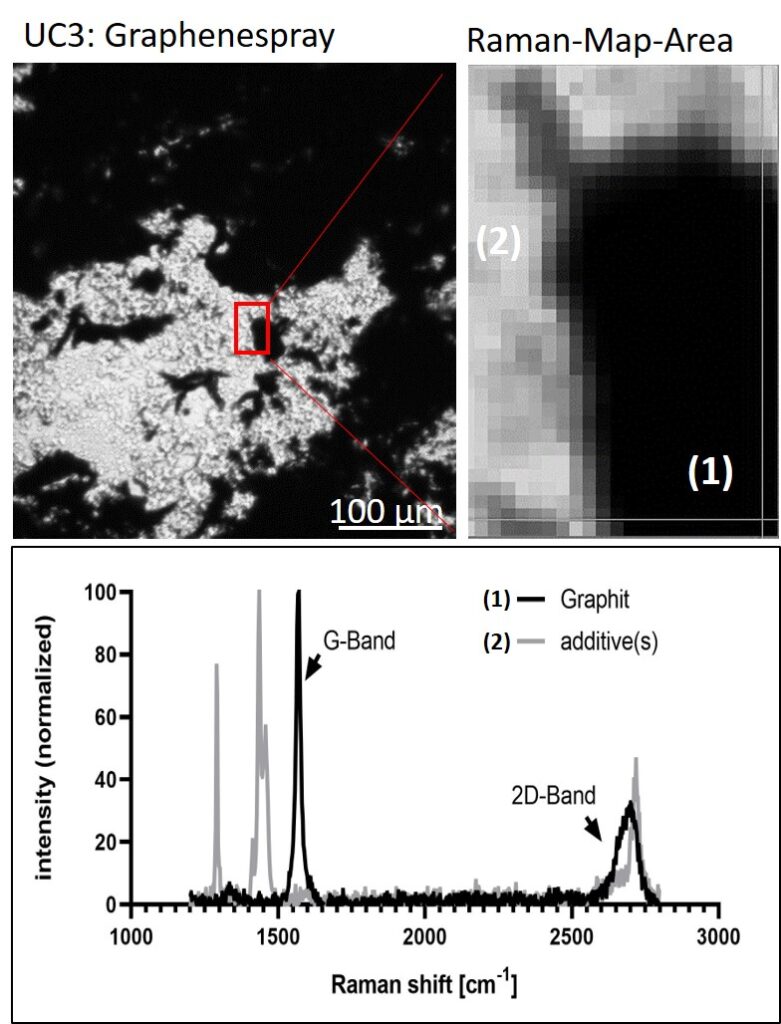The IBE R&D Institute for Lung Health gGmbH (IBE) is a private non-profit institution, which emerged from the Institute of Hygiene and Occupational Health of the University of Duisburg-Essen in 2005. Its main mission is the description and prediction of toxic effects of respirable particles in the lung using in vitro methods. To assess the bioactivity of respirable particles, which range from 10 µm down to the nano-sized range, IBE develops cell culture methods along with appropriate particle and/or fiber application strategies. Special emphasis is also put on the detection and quantification of (nano)particle in cells and tissues.
“Exploring the predictivity of an in vitro method most often requires a continued work and optimisation over many years.”
Prof. Dr. Wiemann, CEO and Scientific Director of IBE
IBE’s Ambitions in MACRAMÉ
One focus of IBE’s work, together with LIST (- Luxembourg Institute of Science and Technology) and BASF (BASF SE), is the successful validation of the so-called Alveolar Macrophage Assay (AMA), a prerequisite of the MACRAMÉ-intended OECD application of the assay. AMA has been selected as to be the basic assay of MACRAMÉ’s tiered in vitro testing strategy, because it has a considerable throughput of samples and provides reproducible data for many different types of particles. Moreover, it is a highly versatile method intended to analyse advanced materials from MACRAMÉ’s Use Cases. Alveolar macrophages (AMs) are the first cells to ingest and eventually remove inhaled particles from the lung. Evolved to fight invading microorganisms such as bacteria and fungi, AMs respond in a characteristic manner also to particles and fibers. These properties make the AMA a simple though highly predictive cell culture model, whose data will complement results from more sophisticated 3D lung models and ex vivo preparations altogether employed as a tiered approach in MACRAMÉ.
IBE has also led BMBF-sponsored bio-imaging projects (NanoBioDetect, NanoBioQuant) to measure (nano)particle concentrations in cells and tissues. The perpetuation of this work was another profound ambition to join the MACRAMÉ project together with partners highly competent in that field.
The Challenge of Hydrophobic Materials
Nevertheless, some classes of hydrophobic (nano)materials or fibers cannot yet be investigated with AMA. While effects of hydrophilic fibers can easily be studied under submersed conditions (see the movie below), hydrophobic fibers agglomerate and won’t even reach the cells the way they enter the lung, namely as single fibers or very small fiber agglomerates. Although such materials may be dispersed with the help of additives, the influence of this treatment on biological response is at least a matter of debate. To better mimic the in vivo situation, sophisticated protocols for the production of respirable dust (BAuA – German Federal Institute for Occupational Safety and Health) or aerosols (LIST) are being developed. Air-borne ways of particle application, however, require modifications of the AMA, such as Air-Liquid Interface (ALI) approaches, to be developed by IBE.
Frustrated Phagocytosis: NR8383 Cell with Mineral Fibers by Oliver Graeb and Martin Wiemann is licensed under CC BY-ND 4.0
Bio-Imaging for Best
Another challenge comes from the determination of the cellular particle load. Why is this necessary? Previous projects had shown that it is mainly the intracellular (nano)particle concentration which determines particle effects both in vitro and in vivo. Predicting the in vivo effects from in vitro studies therefore requires a common dose metric. Measuring the particle concentration per cell in vivo has set the frame for a cellular concentration in vitro. However, measuring the latter requires state-of-the art methods such as laser ablation-inductively coupled plasma-mass spectrometry (LA-ICP-MS) together with sophisticated standard materials, both provided by BASF. In a collaborative study IBE and BASF will conduct a quantitative uptake study for selected materials. We expect that establishing a sound method to quantify particle uptake in individual cells will take AMA-based toxicity prediction to the next level.
Further bio-imaging approaches are necessary to detect carbonaceous and advanced materials. Therefore, IBE will conduct and coordinate the combined use of high resolution imaging techniques in cells. Besides conventional microscopy techniques, enhanced darkfield microscopy, hyperspectral and confocal Raman micro-spectroscopy (see the Figure on the left) also time-of-flight secondary ion mass spectroscopy (Tof-SIMS) will be applied to describe the particle load of AMs.

The multitude and availability of highly evolved state-of-the-art imaging techniques is one of the most stimulating aspects in MACRAMÉ, because it makes the uptake of particle visible and quantifiable. Applied to the various cell culture models it will substantially increase our understanding of how in vitro models can be used to predict the bioactivity of the wide range of advanced materials we are facing today.






